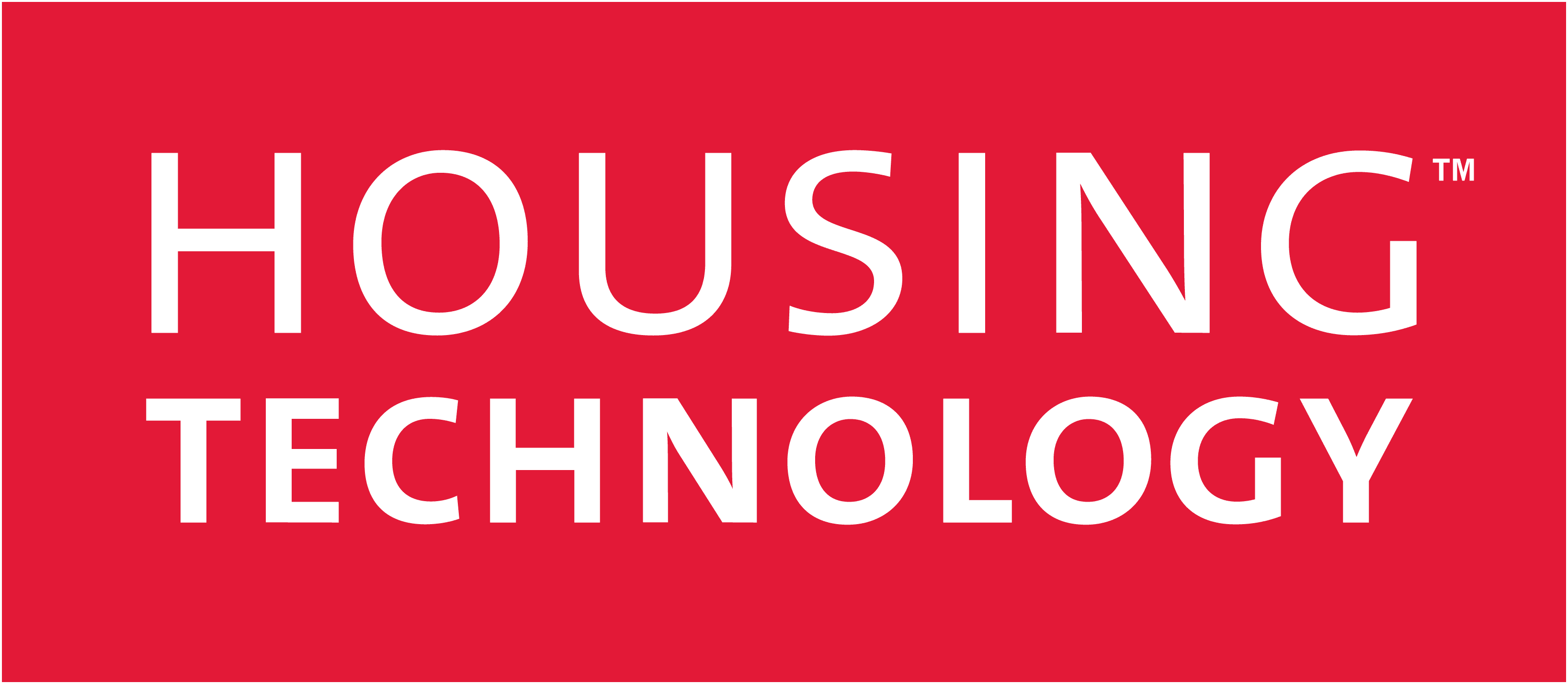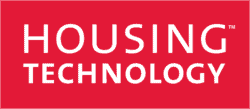With housing providers being forced to reduce rents by one per cent per year since 2016, the UK’s Institute for Fiscal Studies has calculated that this will equate to a 12 per cent reduction in real terms by 2019/20. Add the need to comply with this year’s GDPR legislation and housing providers are under ever more pressure to achieve more with less. So how can housing providers relieve the pressures on their finances?
Improve the purchasing process
Budgets have an important part to play in cost control. The early recognition of problems is essential for corrective actions to be timely and effective. Purchase-order processing (POP) systems that provide budget holders with visibility of the consequences of their actions at the point they make a spending commitment are a good start.
However, the historic problem with purchase-order systems has been that they haven’t been user friendly, so those who have avoided using them have had an excuse not to.
Simplifying and streamlining the user experience
It’s important that any purchasing platform is as simple as possible to use. Employees are far more likely to engage with the system if requests for purchases resemble the user experience in their consumer lives with ‘point and click’ functionality.
Digital technologies, such as POP systems which enable the budget holder to view the housing provider’s financial position against a budget in real-time and simplify the PO creation process, can result in touchless processing once the goods or services have been received.
These POP systems allow the electronic capture of invoices on receipt from suppliers and automatic matching to proof of receipt and invoice values. Supplier invoices that match can pass through automatically, while human intervention is only needed when discrepancies arise.
These transactional processes deliver efficiency improvements with no loss of control, as safeguards and monitoring have been brought forward to the point of purchase.
Direct and indirect benefits
The direct benefit to businesses of introducing a POP system is the reduction in time spent processing transactions, and the significant improvement in processing time, with invoices processed in days rather than weeks.
The indirect benefits derive both from faster processing and the improved visibility and control provided by the POP system. Faster processing ensures that transactions are already on the ledger at month end.
It also improves the visibility of purchases, while highlighting those goods received without an invoice, making it easier to process those accruals.
The controls provided by a POP system include full audit trails from requisition to payment, so management and auditors have greater assurance that the process is complete and accurate, and this visibility reduces both management time and audit costs.
Cash flow, planning and forecasting
Any reduction in income can cause an immediate and serious strain on housing providers’ cash flow. Cash flow planning and forecasting is therefore critical, and the visibility of future cash commitments at the point of purchase allows control against budgets and plans, and facilitates reliable cash flow forecasting.
Adactus is a good example of a housing provider which has successfully implemented a POP solution to create more robust controls over spending across multiple departments.
Prior to bringing in the POP system, Adactus was struggling with manual processes which were leading to long delays in processing invoices. Using the new solution, Adactus is more in control of its spending across departments, increasing transparency and accountability in the process.
It’s highly unlikely, at least in the short term, that budgets for housing providers will increase and so they should continue to plan to achieve more with less. A POP system that improves efficiency, visibility and control over the purchasing process can play an important part in helping them achieve this.
Ian Smith is the financial director and general manager at Invu.


